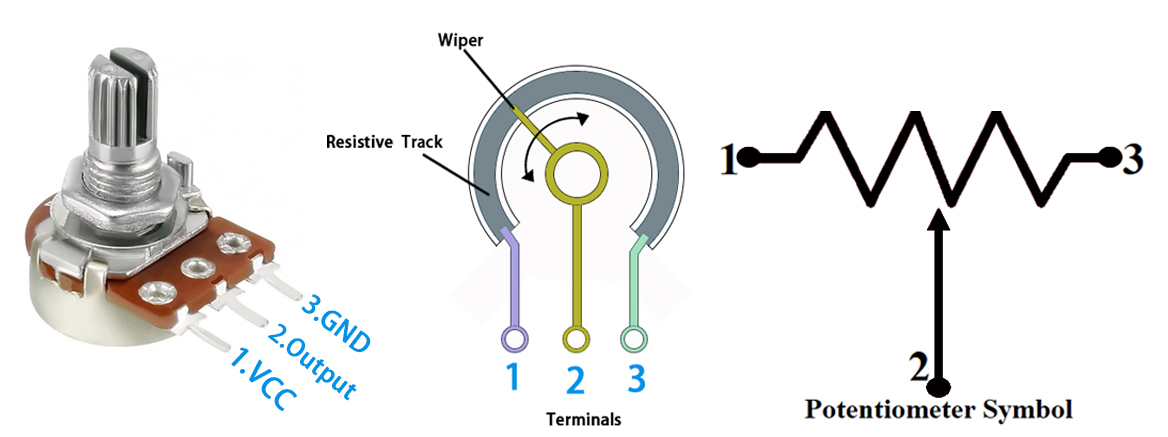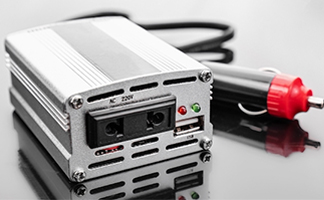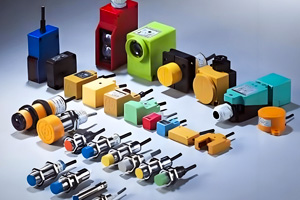Potentiometer: Types, Pinout, Symbol, Applications and How They Work
Author:admin Date: 2025-03-17 09:00 Views:273
Introduction
Do you like listening to music at high or low volume? Have you ever wondered how the volume changes when you turn the knob? This is all possible thanks to having a potentiometer that varies the resistance in the electrical circuit. We will later see how potentiometers are used in many applications, how they work, their features, and so much more. This is to help you have a better understanding of potentiometers.
What is a Potentiometer?

Potentiometer Pinout, Construction, and Symbol
A potentiometer is a device that can vary resistance in an electrical circuit. We all know that resistors have a fixed resistance but for a potentiometer, the resistance can be varied depending on the application. By controlling the resistance, it means you also control the output voltage.
Potentiometers come with three main components that make the working principle possible. You get the resistor body, terminals, and wiper.
The resistor body is key in the operation as it is the resistive element. This part is made of carbon or any conductive plastic. It allows for varying resistance as current goes through it.
The wiper slides along the resistive element to vary the resistance. As it moves along the resistor body, it creates two sections. This makes it create a resistance of certain value depending on the position.
There are terminals as well, as you can see from the look at how the potentiometer works. You get three terminals with a potentiometer. Two of these terminals connect to the resistive body while the third one connects to the wiper. So, each time you adjust the wiper position, you vary the resistance thus adjusting the voltage at the output.

How Does a Potentiometer Work
Features of a Potentiometer
Whether you choose a hybrid potentiometer or digital potentiometer, they tend to have similar features. Here is what to expect.
- Adjustable resistance
A ceramic potentiometer or any other type will have adjustable resistance. This is the primary reason you have a potentiometer in the first place. With such a feature, the potentiometers can be used for volume control, adjust brightness, and other tuning applications.
- Three terminals
As mentioned before, you will get three terminals with a potentiometer. Looking at a picture of a potentiometer, you can easily see them. Two terminals connect to the resistor body while the other connects to the variable wiper. This design allows for adjusting the voltage output as well as the resistance.
- Proportional adjustments
Most potentiometers, such as the 10K potentiometer, have a linear or logarithmic taper. This means you can adjust the resistance with uniform changes, which leads to greater accuracy and better performance. For example, the potentiometer adjusts the volume, which is smooth for human perception.
- Compact but durable
One thing about potentiometers is their compact but durable build. Regardless of the brand, most of the time you will get very good potentiometers. Still, you can do more research to find the best potentiometers in the market. Good build quality leaves you with the best performance as well.
- High resolution and performance
Potentiometers generally offer high resolution and performance for the money. They do come with fine adjustment options that make them good for calibrating other equipment that needs precise control.
Types of Potentiometers
When looking for a potentiometer for sale near me, you are likely to come across many types. Understanding what each does will help you pick the right one. Here is what to expect when looking for different types of potentiometers.
Rotary Potentiometer

In this case, the resistive element has a circular arc shape. The wiper is attached to a shaft that rotates from one end of the element to the other. As you move the wiper via a knob, it varies the resistance thus affecting the voltage output as well.
This is a common potentiometer in consumer electronics as well as industrial applications. Expect them to be used for volume control and similar applications.
Linear Potentiometer

Among the types of potentiometers, we also have the linear or slider potentiometer. In this case, the resistive element is straight. You vary the resistance by moving the wiper along the element. It is a straightforward type of potentiometer as you can precisely choose how much resistance is needed.
This potentiometer’s working mechanism makes it ideal for applications such as measuring devices, robotics, throttle control in cars, and industrial machines.
Trimmer Potentiometer

If you do not want a big potentiometer, consider the trimmer potentiometers. These small potentiometers are key for fine-tuning and calibrating circuits. Since they are compact, it is easier to add them to the PCBs of other devices, aiding in the calibration process.
The size of trimmer potentiometers means that you also get precise adjustments. This is key in tuning devices such as amplifiers and oscillators.
Digital Potentiometer

Unlike the others mentioned above, digital potentiometers operate using digital signals, while the others use mechanical movement to determine resistance.
In this case, an array of switches and resistors are controlled by digital input signals that feed into the potentiometer. The result is having more precise control over the resistance that you need with this potentiometer.
High precision and repeatability are some of the advantages of choosing digital potentiometers. Also, they can be automated, making it easier for applications that need remote adjustments.
You will encounter them in testing equipment, digital audio systems, and other applications that require more precise resistance control.
Applications of Potentiometers
Digital potentiometers and other types as well will have many applications. The most common is audio control. This is where the volume can be adjusted depending on the position of the slider. The same can be used for adjusting the tone of audio signals depending on the application.
Potentiometers can also be used to adjust motion control, which is how potentiometers are used in robotics. They can also be calibrated for servomechanisms and adjusted accordingly.
A Home Depot potentiometer can also be used as a voltage divider. This is vital for applications that need precise voltage for a particular use. Still, the potentiometers can be used to calibrate instruments and other electronic devices.
Pros and Cons of Potentiometers
Pros
Having adjustable resistance makes the potentiometer design work for many applications. So long as variable resistance control is needed, a potentiometer comes in handy.
The good thing about potentiometers is that they have a simple design and easy operation. The design is straightforward. Even someone new to potentiometers can quickly understand how they work.
Most potentiometers offer you a wide range of resistance. Since they are precise, you can vary the correct type of resistance you need depending on the electrical circuit design.
Integration is possible in a wide range of systems. This compatibility makes it more versatile and applicable to many industries.
Cons
Mechanical potentiometers will wear out over time because the wiper has to move over the resistive material physically. Digital potentiometers can help solve this issue, but they can still be complex to actualize and implement.
How To Pick The Right Potentiometer For An Application
The best potentiometer has to be one that can handle your needs. That is why you have to be keen when picking the right one. Here is what you can do when choosing the right potentiometer.
Resistance Range
The potentiometer’s design will affect its resistance range. Match this to your electrical circuit’s needs to ensure it works as expected.
Also, consider the application. If you are fine-tuning a low-current circuit, a potentiometer with a lower resistance range should work fine.
The Power Rating
This is another key consideration when picking potentiometers. You have to ensure it can handle the current in the circuit without failing or overheating. Look at the product specifications to see that the variable resistor potentiometer meets your needs.
Accuracy
This can also be considered as the resolution of the potentiometer. You need to get an accurate model that gives you the right resistance each time you change the position of the wiper. A higher resolution is often preferred because you get smaller but more precise adjustments.
Type of Potentiometer
It is vital you get the right potentiometer type. You can come across options such as linear and logarithmic potentiometers. Each one will have an application suitable for it. For example, the linear potentiometers work best for precise and predictable adjustments, while the logarithmic potentiometers work well for volume control where exponential change in resistance is needed.
Physical Size
This largely depends on the application. Make sure you have enough space to add a potentiometer as part of the circuit. Look at the various types of potentiometers, such as rotary, trimmer, and linear, to see which has the correct form factor for the application.
Conclusion
Different types of potentiometers will have various uses and applications. By now, you understand what potentiometers are and how they work. We have also examined how to choose the right potentiometer for the job. We recommend you wire the potentiometer correctly so it works as expected. Several online tutorials show how to do it or consult an electrician to do it right. Also, ensure you always choose the right potentiometer based on the application.


